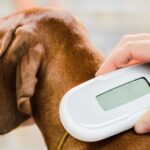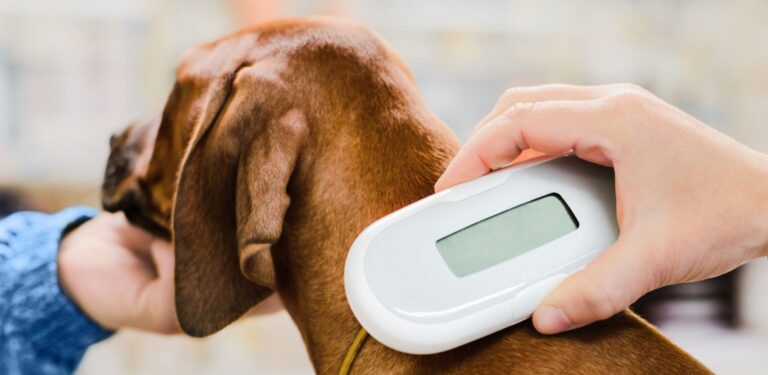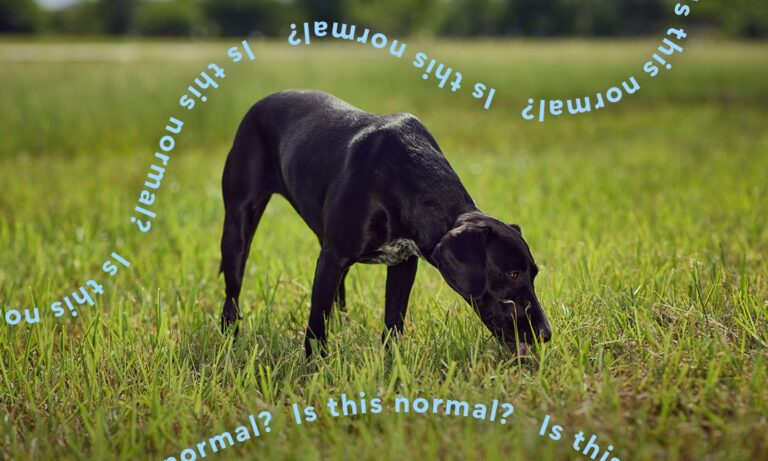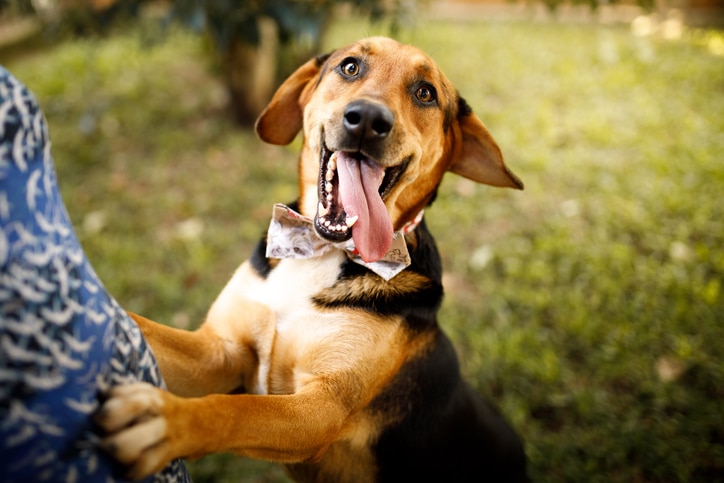Choking Dog
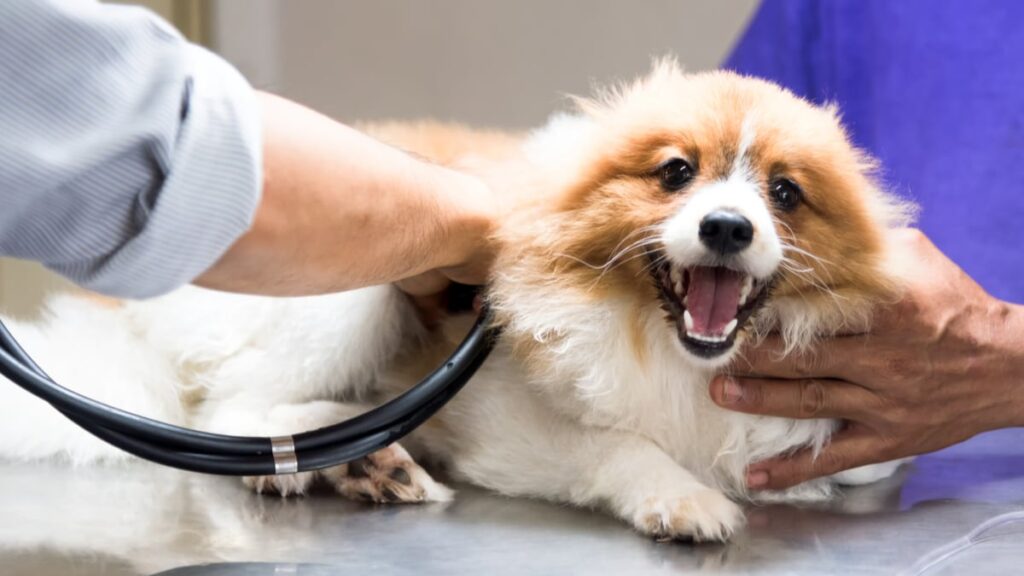
Photo by Sirirat/Shutterstock.com
Signs That a Dog Is Choking
- Difficulty breathing.
- Distressed or frantic behavior.
- Pawing at face or mouth.
- Blue-colored mouth, gums, and tongue.
- Collapse with loss of consciousness (if untreated).
Note: If the dog is conscious, use caution to keep from being bitten.
Causes of Choking
Foreign body: In the throat or trachea.
What to do: Try to keep the dog calm — activity will make the problem worse. If the dog can still breathe, take him to your veterinarian or emergency clinic immediately. Have a family member or friend call ahead to let them know you’re coming.
You may be able to open the dog’s mouth and remove the obstructing object with tweezers, tongs, or pliers — but not your fingers — being careful not to push it further into throat. Do not stress the dog. Even if you successfully remove the object, take the dog to the veterinarian for evaluation. If the dog collapses, remove the object if possible. If you cannot remove it, extend the dog’s head and neck, place your hands on both sides of his chest and squeeze quickly several times to try to force the object out of the throat.
Alternative: Place the dog on his side with head and neck extended. Strike the chest quickly and firmly several times. Continue until object is dislodged or you reach the veterinarian’s office. Even if you successfully remove the object, take the dog to the veterinarian for evaluation and further treatment, if needed.
Trauma: Strangulation (rope or cord around neck).
What to do: Try to keep the dog calm — activity will make the problem worse. Using scissors, knife, pruning shears, or other cutting tool, cut the rope or cord (don’t worry if you accidentally cut the dog’s skin, your veterinarian can suture it up later). Take the dog to the veterinarian for evaluation and further treatment, if needed.
Disclaimer: This article is intended for educational purposes only. It is not meant to replace the expertise and experience of a professional veterinarian. Do not use the information presented here to make decisions about your dog’s ailment. If you notice changes in your dog’s health or behavior, please take your pet to the nearest veterinarian or an emergency pet clinic as soon as possible.

